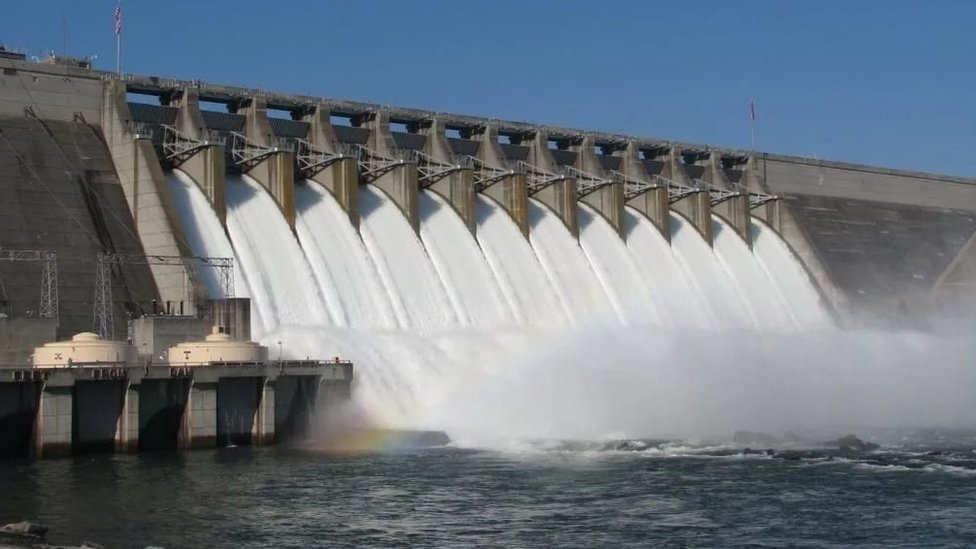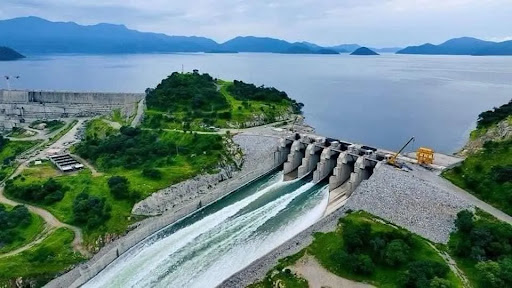At a Glance
- The top 10 dams generate over 20,000 MW, powering industries and communities across Africa.
- Governments invest in cross-border power links to expand clean, reliable electricity access.
- Hydropower growth supports regional integration, energy trade, and sustainable economic development.
Africa’s story of energy and progress is increasingly being written along its great rivers. From the thunder of the Congo to the calm stretch of the Nile, water has become more than a natural resource, it’s the force driving light, industry, and opportunity for over a billion people.
Together, the ten biggest hydropower stations on the continent produce more than 20,000 megawatts of electricity. That output forms the core of Africa’s clean-energy supply, providing dependable power in a region still working to reduce its reliance on fossil fuels.
Governments are investing heavily in cross-border grids and new transmission links, hoping to match growth with sustainability. The same rivers that once fed ancient farmlands now connect modern economies, supporting trade and regional integration.
Africa’s hydropower expansion tells a story of ambition and resilience. From the Sahara’s edge to the southern plains, these rivers connect more than geography, they unite the continent’s push toward cleaner, more reliable energy.
These hydropower plants do more than generate electricity, they are changing how countries cooperate and how communities grow. Shore Africa profiles ten that best illustrate Africa’s energy ambitions.
1. Grand Ethiopian Renaissance Dam (GERD) – Ethiopia
Capacity: 6,450 MW | River: Blue Nile
The Grand Ethiopian Renaissance Dam is the continent’s largest power project and a symbol of national resolve. Built at a cost of around $5 billion, it will more than double Ethiopia’s electricity capacity and allow power exports to Kenya, Sudan, and Djibouti.
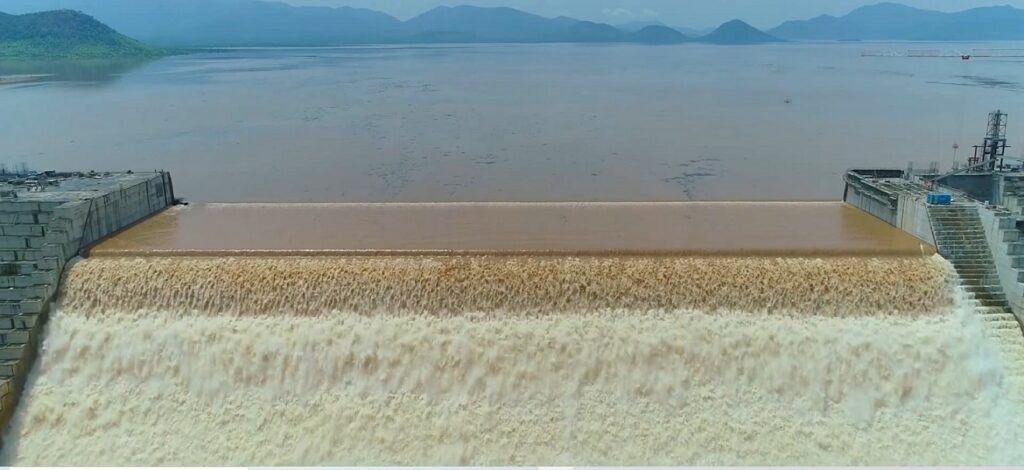
2. Aswan High Dam – Egypt
Capacity: 2,100 MW | River: Nile
Completed in 1970, the Aswan High Dam remains a cornerstone of Egypt’s development. It tamed the Nile’s floods, expanded farmland, and brought electricity to millions. Lake Nasser, its vast reservoir, still ranks among the world’s largest.
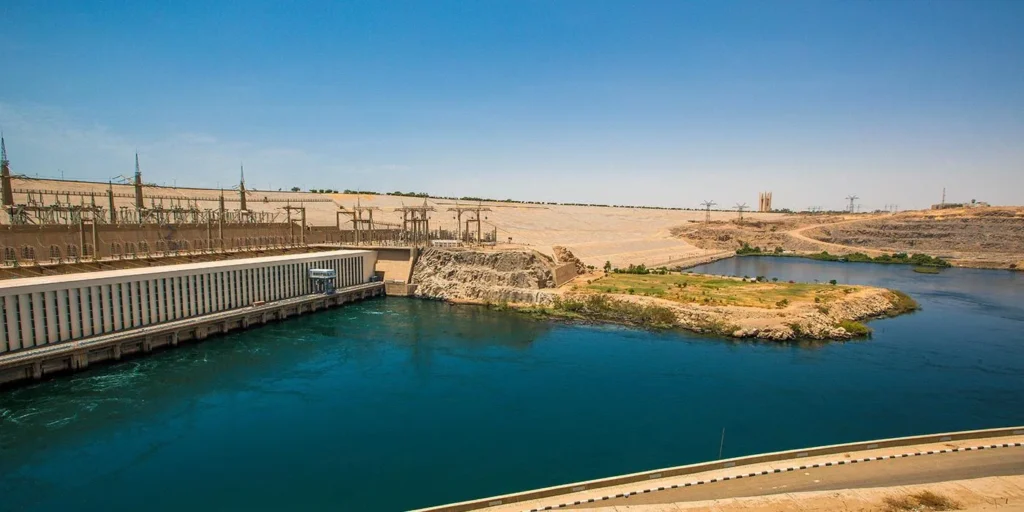
3. Cahora Bassa Dam – Mozambique
Capacity: 2,070 MW | River: Zambezi
Built in the early 1970s and later taken over from colonial control, Cahora Bassa remains central to Mozambique’s power supply. It serves domestic users and exports energy to neighboring South Africa and Zimbabwe.
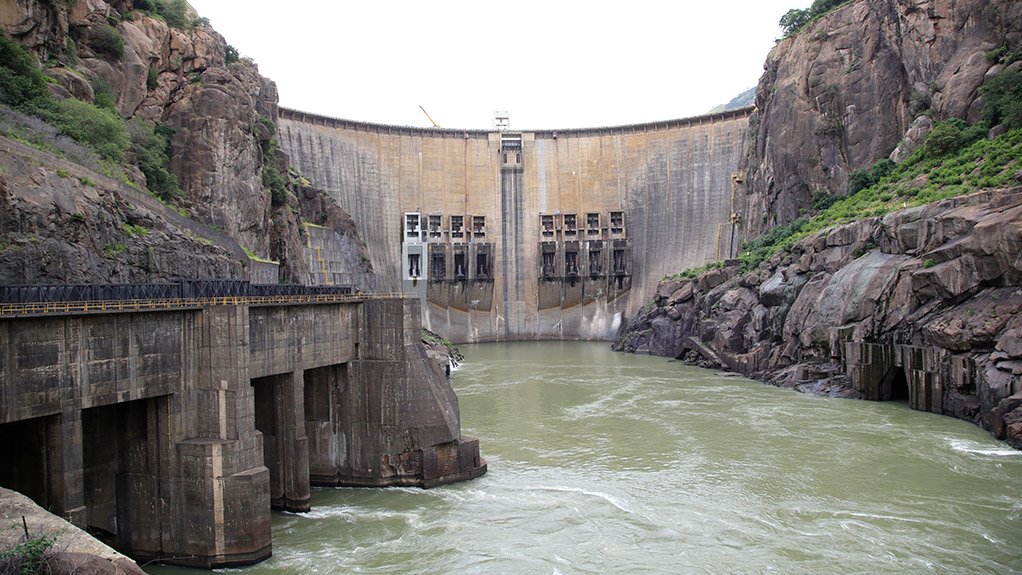
4. Gilgel Gibe III Dam – Ethiopia
Capacity: 1,870 MW | River: Omo
Operational since 2015, Gibe III expanded access to electricity in southern Ethiopia and supported new industries. Environmental concerns over its effect on Lake Turkana continue to draw attention.
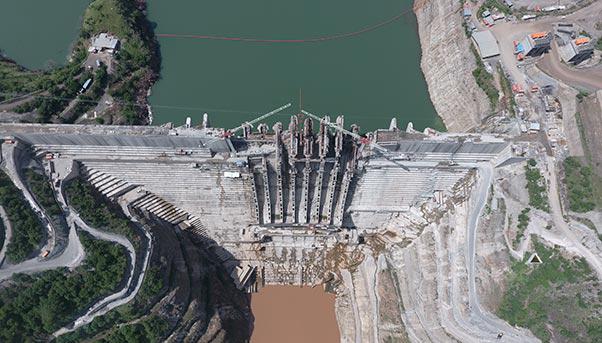
5. Inga Dams – Democratic Republic of the Congo
Capacity: 1,775 MW (current), 40,000 MW (planned) | River: Congo
The Inga complex holds unmatched promise. Full development could one day light up much of Africa, but political uncertainty and financing delays have slowed progress.
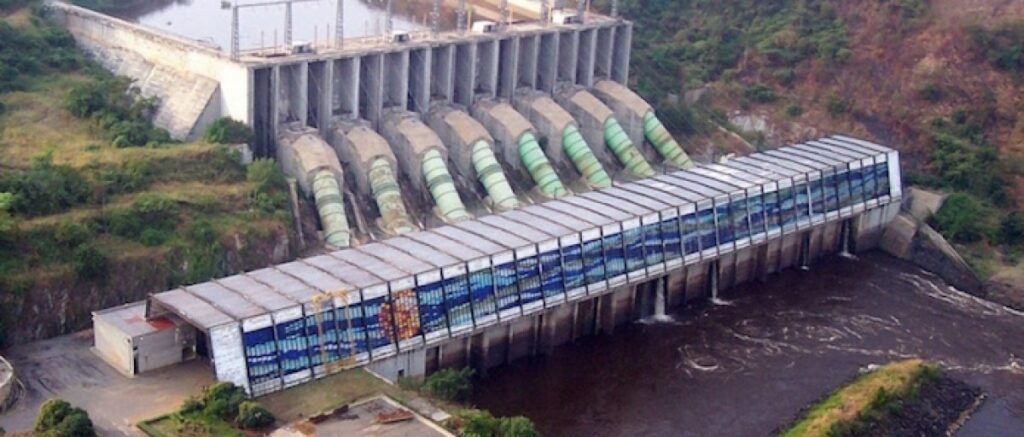
6. Kariba Dam – Zambia & Zimbabwe
Capacity: 1,626 MW | River: Zambezi
Built in 1959, Kariba remains a lifeline for both countries. It supports power generation, fishing, and tourism, while ongoing maintenance aims to keep it stable for decades to come.
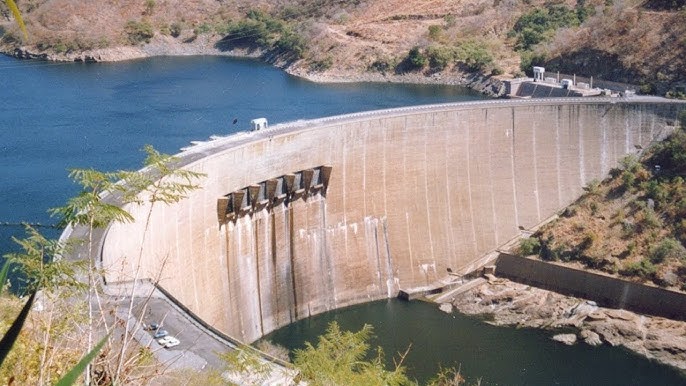
7. Merowe Dam – Sudan
Capacity: 1,250 MW | River: Nile
Finished in 2009, the Merowe Dam boosted Sudan’s electricity output and irrigation systems, providing steady water for farming and small industries.
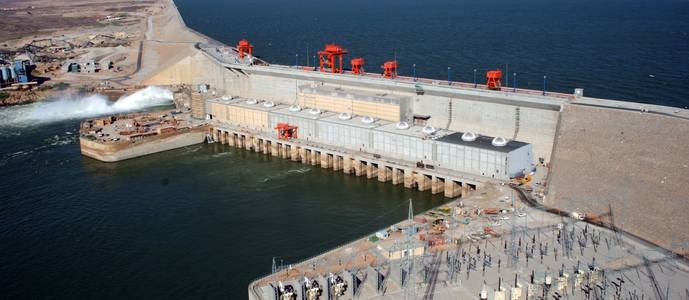
8. Tekeze Dam – Ethiopia
Capacity: 1,200 MW | River: Tekeze
Located in the rugged north, Tekeze’s deep gorges make it one of Africa’s most striking hydropower sites. It strengthens Ethiopia’s national grid and supports regional power exports.
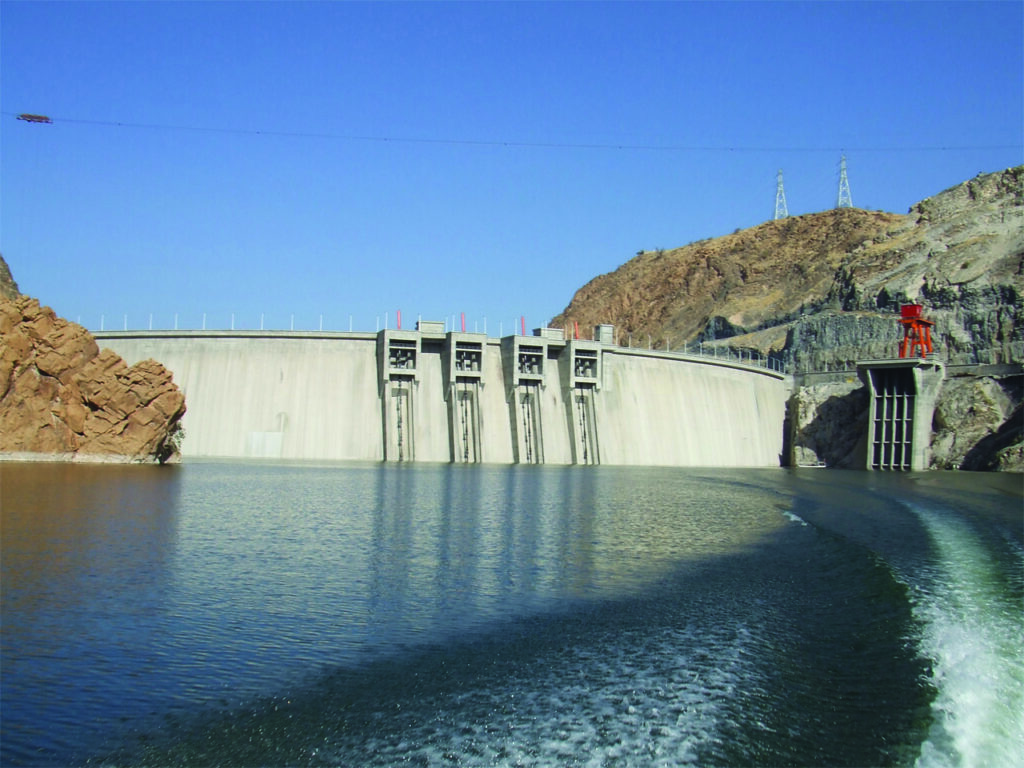
9. Akosombo Dam – Ghana
Capacity: 1,020 MW | River: Volta
Completed in 1965, Akosombo transformed Ghana’s energy landscape. It powers homes and industries, including the Volta Aluminum Company, and created Lake Volta — a major source of fishing and transport.
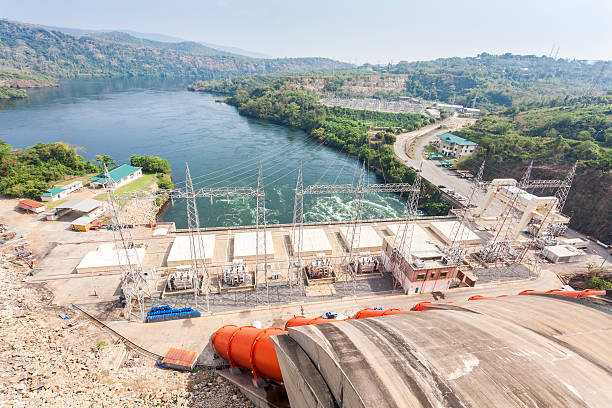
10. Kainji Dam – Nigeria
Capacity: 760 MW | River: Niger
Built in 1968, Kainji was Nigeria’s first major hydro project. Ongoing rehabilitation aims to restore its full capacity and stabilize electricity supply across the country.
